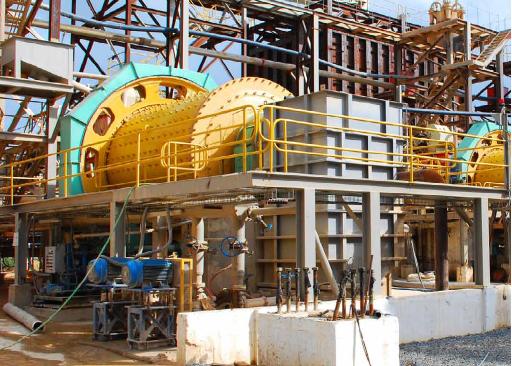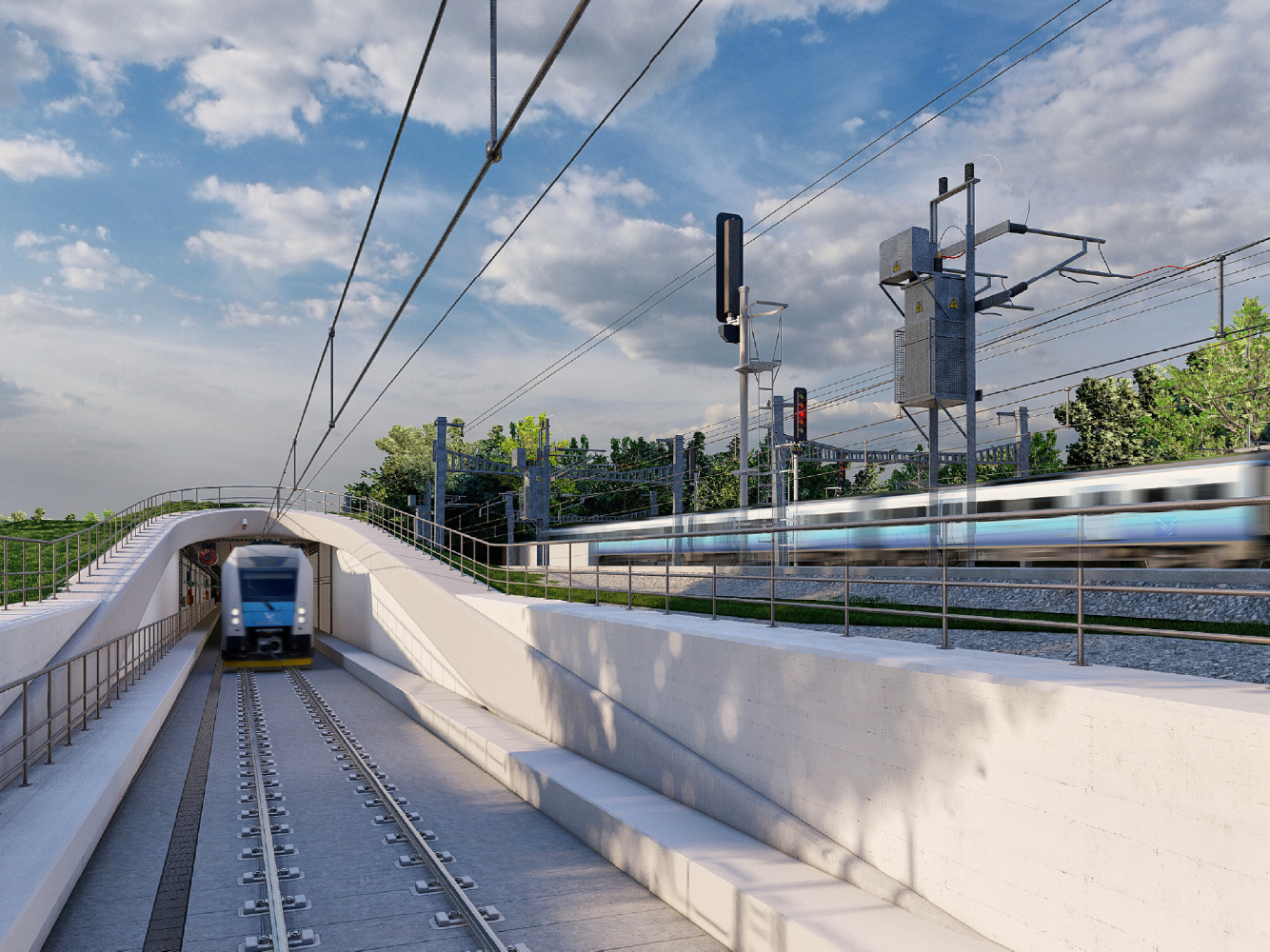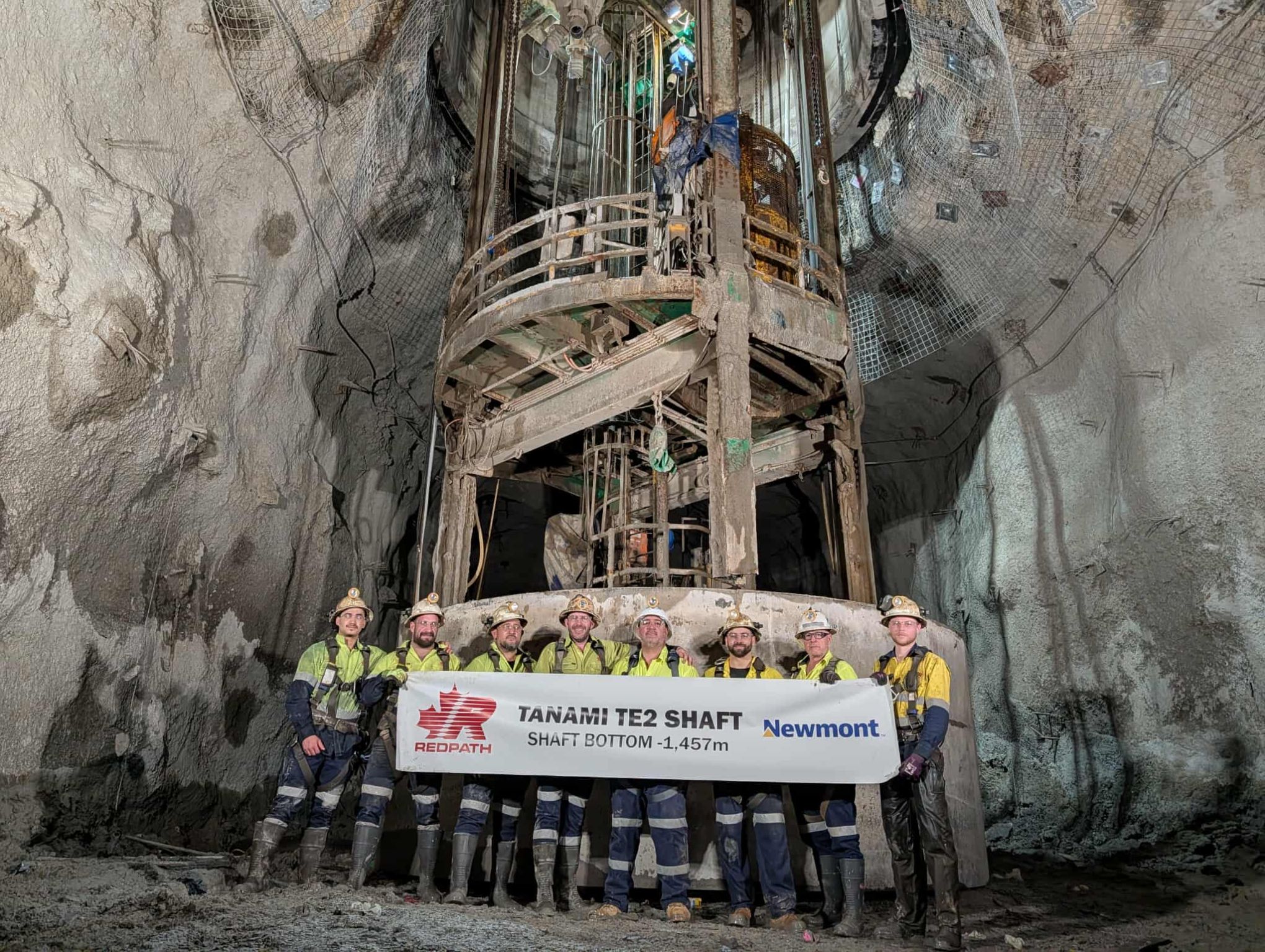
Panama has become a land of opportunity for the mining sector. Zorel Morales of the Mining Chamber of Panama (CAMIPA) talks to Gay Sutton about the prospects for the industry, and a campaign to introduce environmental and social frameworks to the country’s mining code.
Panama has a fascinating geology, lying over four colliding tectonic plates. The presence of both tectonic movement and volcanic activity over a long period of time has created a very promising area for mineral exploration.
Mining here goes back a long way. The region was one of Central America’s richest sources of gold before the Spanish conquest and mineral exploitation continued through to the mining moratorium in 1950. But mining has never been highly visible in Panama, the country being mainly renowned for its iconic canal. In recent years, however, just as engineers have been working to widen this unique shipping route between the Pacific and Atlantic oceans, several factors have come together to bring Panamanian mining to the forefront once again and curiously, to link its progress with that of the Panama Canal.
The formation of CAMIPA, the Mining Chamber of Panama, in 1990 was the starting point of an important shift toward establishing mining as an industrial sector in Panama. “The first thing the Chamber did was to collaborate with the government of the time to set up changes to the mining code,” explained CAMIPA executive director Zorel Morales. “This opened the way for private companies to undertake exploration across the country.”
In the wave of exploration that followed, the Cerro Colorado copper reserves, which had been identified by earlier government exploration, were shown to be truly world class. A similar class of reserves was identified in the Petaquilla area and many smaller resources of copper and gold were found around the county. However, it wasn’t until the price of these commodities started to rise dramatically that interest grew and investment began to pour into the country.
Between 1992 and 1999 gold was mined at Santa Rosa, and if the current program of exploration proves successful the mine will be brought back into production. Another gold mine, Mina Cerro Quema, is under development in the Azuero Peninsula and is scheduled to go into production next year. In the highly prospective Petaquilla Mining District area exploration and mining is handled by Minera Panama, SA a wholly owned subsidiary of Inmet Mining Ltd from Canada, and Petaquilla Gold, SA a Panamanian/Canadian JV which currently operates the Petaquilla Gold Mine. They produced 94,000 ounces of gold in 2011. However, CAMIPA’s main focus is now to bring the highly rich Petaquilla copper resource into production. Expected to cost in the region of $5 billion the project will culminate in the opening of the Cobre Panama Mine.
The timing of this major development could not have been more propitious from the skills perspective. “There are currently around 10,000 people working on the canal widening project. If everything continues as expected, Cobre Panama will reach the peak of employment at the time the canal project reaches completion in 2016,” Morales said. “The workforce released from that project will have exactly the right skills for mine construction.” This will provide an ample supply of highly skilled miners for Cobre Panama and other mines under development, as well as job continuity for the Panamanian workforce.
CAMIPA is an association of some 30 mining, services and consulting companies operating in both the metallic and non-metallic mining sectors and plays a leading role in developing the mining sector in Panama. This year sees the culmination of a campaign to create a pipeline of highly trained Panamanian engineers and geologists for the rapidly expanding sector. “We have been working with the Universidad Tecnológica de Panamá, and they will begin offering degrees in geological engineering this year,” Morales continued. “They will then widen this to include mining engineering.”
Perhaps the biggest challenge for CAMIPA, is a battle still to be fought. “When we made the first changes to the mining code in 1990 they were very successful and opened the country to mining and exploration. However, they didn’t include any environmental and social impact policies, simply because they were not an issue at that time,” Morales said. “They are now.”
CAMIPA wants to introduce environmental, social and mine-closure frameworks into the mining code, to protect the environment and ensure that the benefits from mining are shared with the local communities in a way that is sustainable and will continue to benefit them once the mines have closed. “We feel we have a great opportunity to do this, and do it well,” Morales continued. “We can learn from the experiences of other countries, and introduce the best elements from the start.”
The organization has already prepared a significant body of material, gained the cooperation of international companies and institutions, and drawn on experiences around the world. The next step is to open a national dialogue, involving everyone with an interest in the subject, including the Indian people, local communities, the government, companies and institutions.
“But now is not the right time to open this dialogue,” Morales said. “Two years ago the government attempted to introduce its own changes to the mining law without consulting anyone.” Ignoring the interests of the indigenous people has proved immensely damaging. Cerro Colorado, the country’s biggest copper deposit, is located on the Indian Comarca lands, and after a dispute and considerable unrest over government plans to construct hydropower plants in the area, the government has been forced to back down and ban hydropower plant construction as well as mining in the Comarca.
“We can’t begin this dialogue until the government has resolved its issues with the Indians. In the meantime, Cobre Panama is a world-class project and the environmental, social and technical aspects are being handled very well,” Morales explained. “We believe that when the Indians see the benefits it brings to the local communities in terms of employment, sustainable businesses and industries, healthcare and so on, it will be very persuasive argument, and they will want some of this for themselves.”
Minera Panama, SA already has a record of impressive environmental achievements. The Petaquilla lies in the MesoAmerican biological corridor, a protected forest that in Panama has been devastated by the growth of subsistence agriculture. An area that once boasted millions of hectares of forest now has just 250,000 hectares remaining. “Minera Panama undertook a study with universities and institutions from the US and Canada, which showed that by 2050 there would be only 15,000 ha left. On the basis of this, they have put into action an environmental management plan to ensure that further degradation will not occur from now on.”
More than that, the company is working to protect biodiversity, and relocate endangered species to ensure their survival. Educational programs are being rolled out to the farming communities with topics as wide ranging as the use of insecticides and fertilizers, modern farming techniques, forming cooperatives, developing marketing chains, taking care of the forest and even starting alternative businesses.
As mining continues to become established in Panama, there are great opportunities for the future. “Gold is already the biggest export from Panama,” Morales said, “and when Cobre Panama goes into production it will produce 250 million tonnes of copper a year. To give you an idea of scale, the Panama Canal currently produces a profit to the country of around $1.5 billion a year, but with Cobre Panama, mining will produce more than that from a mixture of royalties, taxes and investment into social and environmental management plans. So to sum up, we currently have some great projects in hand, but there are plenty of opportunities for further exploration and development. After all we have only explored around 40 percent of the country and the rest is still to be done.”
DOWNLOAD
 CAMIPA-AM-Bro-s_0.pdf
CAMIPA-AM-Bro-s_0.pdf













